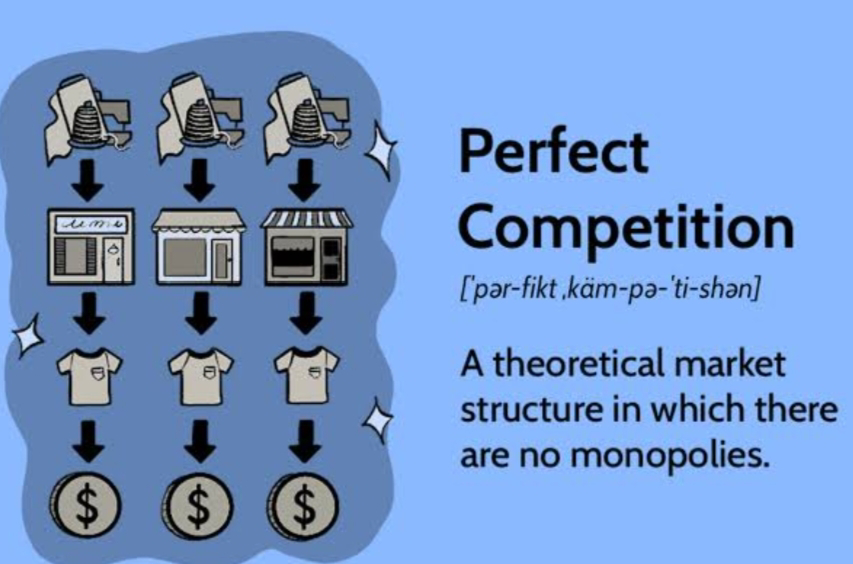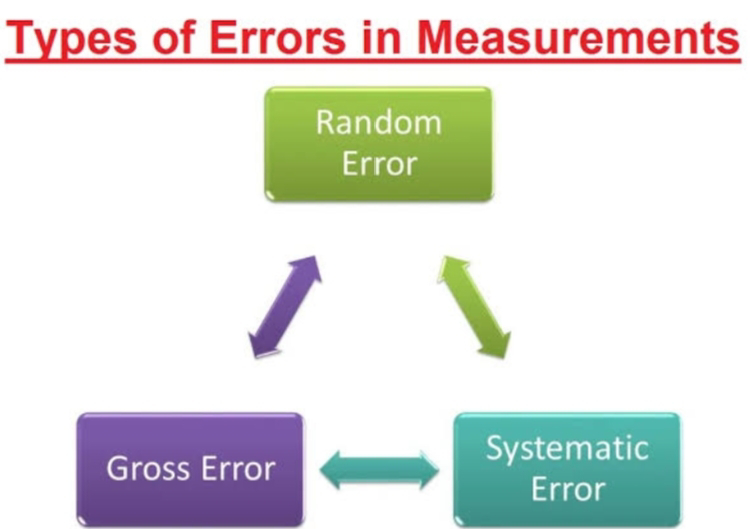Market structures , price determination equilibrium of firm and computitions for 11th , 12th and B.A. unit 4 by Rohit Joshi
Market structure and price determination -
Market structures and price determination are key concepts in economics that explain how prices are set in different types of markets. There are several market structures, including:
1. Perfect Competition: In a perfectly competitive market, there are many buyers and sellers, and products are identical. Prices are determined by supply and demand, and individual firms are price takers, meaning they can't influence the market price.
2. Monopoly: In a monopoly, there is only one seller in the market. The monopolist has significant control over the price and can set it at a level that maximizes their profit.
3. Monopolistic Competition: This market structure combines elements of both perfect competition and monopoly. Firms produce differentiated products, and they have some influence over prices within their niche.
4. Oligopoly: In an oligopoly, a few large firms dominate the market. These firms often engage in strategic pricing and are interdependent in their pricing decisions.
Price determination varies in these market structures:
- In perfect competition, prices are determined by the intersection of supply and demand in the entire market.
- In a monopoly, the monopolist sets the price based on its profit-maximizing strategy, often with limited regard to market demand.
- In monopolistic competition, prices are influenced by product differentiation, advertising, and consumer preferences within a specific niche.
- In oligopolies, prices can be influenced by the strategic decisions of the major players, including price leadership, collusion, or competitive pricing.
The specific market structure and the behavior of firms within that structure play a significant role in how prices are set in an industry. Government regulations and external factors can also impact price determination in various markets.
Equiprilium of the firm -
The equilibrium of a firm refers to a situation where the firm maximizes its profit or minimizes its losses. In economics, firms aim to achieve this equilibrium by making decisions about how much to produce, what price to charge, and how to manage their resources. The concept of firm equilibrium is often associated with the following key elements:
1. Profit Maximization: Most firms seek to maximize their profit, which occurs when the difference between total revenue and total cost is at its highest. The profit-maximizing level of output and price can vary depending on the market structure and external factors.
2. Marginal Cost (MC) and Marginal Revenue (MR): To determine the equilibrium level of output, firms compare their marginal cost (the additional cost incurred from producing one more unit) to marginal revenue (the additional revenue earned from selling one more unit). Profit maximization typically occurs where MR equals MC.
3. Price Determination: In perfectly competitive markets, firms are price takers and must accept the market price as given. They maximize profit by adjusting their production level. In other market structures, such as monopolies or monopolistic competition, firms can influence prices by setting their own prices.
4. Shutdown Point: Firms also consider their "shutdown point," which is the level of output where the price falls below the minimum average variable cost (AVC). If a firm can't cover its variable costs, it may decide to temporarily shut down operations.
5. Long-Run Equilibrium: In the long run, firms aim to reach a sustainable equilibrium by adjusting their scale of operations, technology, and resource allocation. This involves achieving a situation where the firm earns zero economic profit, but normal profit (enough to cover all costs, including opportunity costs).
The equilibrium of a firm may vary based on market conditions, competition, and the nature of the industry. The goal is to balance costs and revenue to achieve the most favorable economic outcome for the firm while considering the competitive landscape and consumer demand.
A firm is in equilibrium when its marginal cost is equal to marginal revenue (MC = MR) and marginal cost curve cuts marginal revenue curve from below. A firm in equilibrium earns super normal profit when average revenue (price per unit) determined by the industry is more than its average cost.
Perfect competition -
Perfect competition is a concept in economics that describes a market structure characterized by several key features:
1. Many buyers and sellers: In a perfectly competitive market, there are a large number of buyers and sellers, none of whom have the power to influence the market price.
2. Homogeneous products: Firms in perfect competition produce identical or homogeneous products. Consumers view these products as perfect substitutes for each other.
3. Price takers: Individual firms in a perfectly competitive market are price takers. This means they must accept the market price as given and cannot influence it through their own actions.
4. Free entry and exit: Firms can freely enter or exit the market, which ensures that economic profits are driven to zero in the long run.
5. Perfect information: Both buyers and sellers have access to complete and accurate information about prices and product characteristics.
6. No market power: Firms have no market power and cannot engage in price discrimination or engage in strategic behavior to manipulate prices.
Perfect competition is often used as a theoretical benchmark, as it helps economists understand how markets can operate efficiently when certain conditions are met. However, it's important to note that perfect competition is an idealized model and rarely exists in the real world. Most markets exhibit some degree of imperfection and are better described by various forms of imperfect competition, such as monopolistic competition, oligopoly, or monopoly.
Monopoly and monopolistic competition -
Certainly, let's compare "monopoly" and "monopolistic competition" more directly:
• Monopoly -
1. Number of Firms -
- Monopoly: There is only one firm in the market, which is the sole producer or seller of a product.
2. Product Differentiation -
- Monopoly: The firm typically produces a unique product with no close substitutes.
3. Market Power -
- Monopoly: The monopolist has significant market power and can set the price as it wishes. It is a price maker.
4. Barriers to Entry -
- Monopoly: High barriers to entry exist, preventing other firms from entering the market and competing.
5. Competition -
- Monopoly: There is no competition from other firms within the market.
6. Examples -
- Monopoly: Local electric utility companies, patented prescription drugs, and government-granted monopolies.
• Monopolistic Competition -
1. Number of Firms -
- Monopolistic Competition: Many firms coexist in the market, often with a large number of sellers.
2. Product Differentiation -
- Monopolistic Competition: Firms sell similar but not identical products, each with some degree of product differentiation.
3. Market Power -
- Monopolistic Competition: Firms have some market power but are price takers to some extent. They can influence prices but are constrained by competition.
4. Barriers to Entry -
- Monopolistic Competition: Barriers to entry are typically low, allowing new firms to enter the market relatively easily.
5. Competition -
- Monopolistic Competition: Firms face competition from other firms offering similar products but with variations.
6. Examples -
- Monopolistic Competition: The restaurant industry, clothing retail, and consumer electronics markets with multiple brands and product varieties.
In summary, the key distinction lies in the number of firms, the nature of the products, the degree of market power, barriers to entry, and the level of competition in these market structures. Monopoly features a single dominant firm with no close substitutes, while monopolistic competition involves many firms selling similar but not identical products, allowing for greater competition and product diversity.
Done by Rohit Joshi....👍
Also read this .…..







Comments
Post a Comment